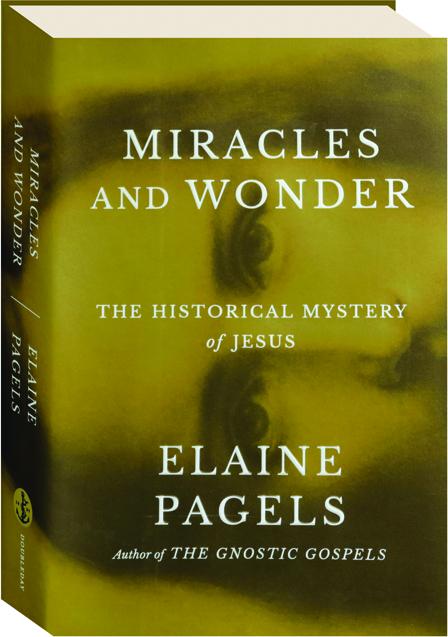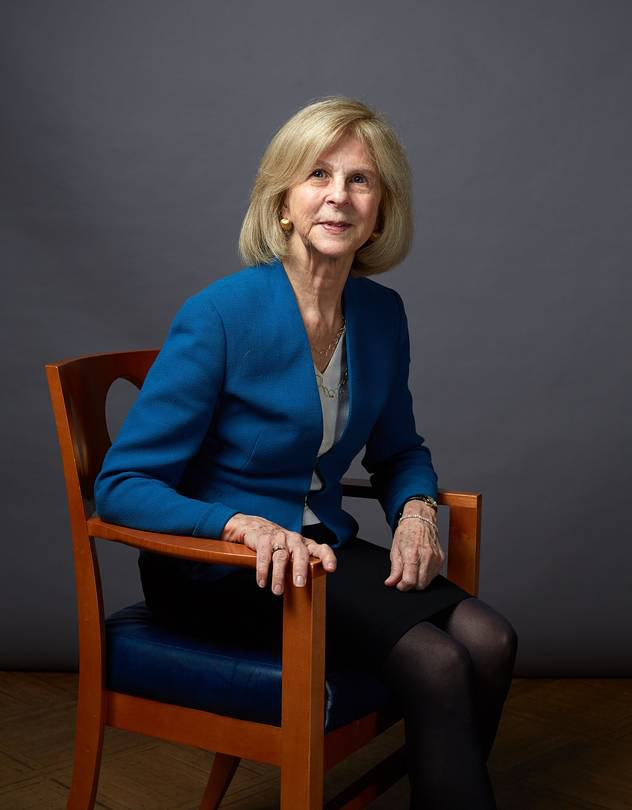Miracles and Wonder: The Historical Mystery of Jesus

🧭 Introduction: Faith Through the Lens of History
In Miracles and Wonder: The Historical Mystery of Jesus, Elaine Pagels—world-renowned historian of religion and author of The Gnostic Gospels—returns with a reflective and rigorous study of one of the most compelling elements in Christianity: the miracle stories of Jesus.
Rather than asking whether the miracles were real, Pagels asks:
Why were these stories told in the first place? What meaning did they serve?
How did they survive and shape the Christian worldview?
Through this approach, Pagels offers a thoughtful, historically grounded narrative that sits at the intersection of biblical scholarship, personal exploration, and spiritual inquiry.
👩🏫 About the Author: Elaine Pagels
- Professor Emerita at Princeton University
- Best known for her work on early Christianity, Gnosticism, and non-canonical texts
- Personal experiences—particularly the loss of her husband and child—have deeply informed her engagement with questions of suffering, transcendence, and meaning
With Miracles and Wonder, Pagels offers a fusion of academic depth and personal reflection, inviting readers into an accessible and intimate journey through scripture and history.
📖 Book Premise: What Is a Miracle?
Rather than debunking or defending the supernatural, Pagels focuses on the narrative power of miracles. She frames them as tools of early Christian storytelling, created to convey meaning, offer hope, and bind communities together.
Her central thesis:
“Miracles are not about violating nature, but about offering meaning to human lives in moments of crisis and awe.”
Pagels treats the New Testament stories of healing, exorcism, resurrection, and divine appearance as cultural artifacts—shaped by social, political, and spiritual pressures.

🔍 Key Themes and Content
1. Why Miracle Stories Persist
Pagels investigates:
- The appeal of miracle stories to marginalized groups in the Roman Empire
- The role of oral tradition in spreading these accounts
- How miracles affirmed Jesus’ divine identity in contrast to imperial authority
The miraculous became a language of resistance and affirmation, especially for the poor, sick, and disenfranchised.
2. The Virgin Birth and the Resurrection
Pagels dives into:
- The origins of the virgin birth narrative (in Matthew and Luke, not Mark or John)
- The symbolic importance of resurrection—not as proof of magic, but as a claim of ultimate hope over despair
She emphasizes the resonance these stories had with early followers, especially after Jesus’ crucifixion.
3. Competing Gospel Visions
Drawing on:
- Canonical gospels (Mark, Matthew, Luke, John)
- Non-canonical texts (Gospel of Thomas, Gospel of Mary, Gospel of Truth)
Pagels compares how different Christian communities portrayed Jesus’ miracles—some as literal acts of divine power, others as symbolic teachings of inner transformation.
The Gospel of Thomas, for instance, emphasizes secret wisdom over spectacle.
4. Pagels’ Personal Reflections
Deeply personal passages explore:
- Her experience of grief after the loss of her son and husband
- How reading miracle stories helped her process the mystery of suffering and love
Her aim is not to assert religious dogma, but to acknowledge the transformative power of belief, even in its most paradoxical forms.
5. Faith and Doubt in Dialogue
Pagels embraces a tone of humility—not claiming to resolve contradictions, but to hold space for mystery.
“Miracles are not questions to be solved. They are invitations to see differently.”
She walks the fine line between skepticism and reverence, offering readers a way to engage critically without losing wonder.
🧠 Scholarly Foundations
Pagels draws from:
- Textual analysis of New Testament Greek manuscripts
- Historical context of the Roman Empire, Jewish messianism, and Second Temple Judaism
- Comparative religion and myth studies
- Sociological insights into the functions of story and community
She shows that miracle stories were not unique to Christianity, but Christianity used them differently—to build a radically inclusive spiritual identity.
🗣️ Critical Reception
🌟 Acclaimed by:
- The Atlantic – “A tender, learned meditation on belief in the shadow of grief”
- Washington Post – “Pagels is our foremost scholar of early Christian meaning-making”
- Publishers Weekly – “Balances intellectual rigor with emotional honesty”
🧩 Criticisms:
- Some academic reviewers find her treatment of theology “light”
- Conservative theologians argue she undercuts traditional doctrines
- Others wish for a firmer position on the historicity of Jesus’ miracles
Still, the majority of reviews praise the book for making complex topics accessible, meaningful, and reflective.
📚 Key Takeaways
- Miracles served as tools for identity and hope, not mere supernatural events
- Early Christian communities shaped the Gospels through the lens of social suffering and expectation
- Gospel authors chose specific miracle stories to affirm Jesus’ messiahship and appeal to their followers
- Miracles invite readers today not to ask, “Did it happen?” but “What does this mean?”
🌍 Contemporary Relevance
In a world marked by suffering, uncertainty, and longing for hope, Miracles and Wonder speaks to our shared need for meaning-making narratives. Pagels encourages us to read miracle stories not as literal truths or lies, but as spiritual truths encoded in poetic form.
📜 Conclusion: Between History and Mystery
Elaine Pagels does not try to explain miracles away—nor does she demand unquestioning belief. In Miracles and Wonder, she invites us to honor their narrative power, their role in shaping a global faith tradition, and their ability to open hearts to compassion and awe.
Her work continues to affirm that history and faith are not enemies—they are dancing partners in the human search for meaning.




